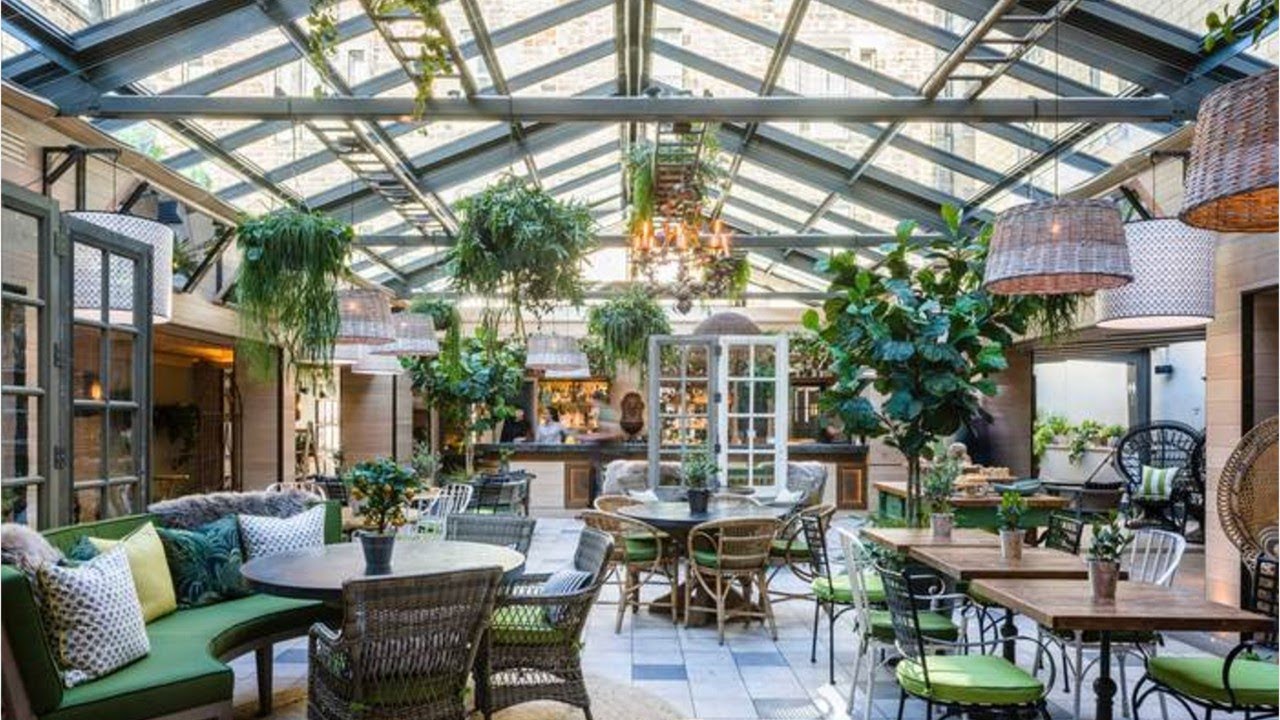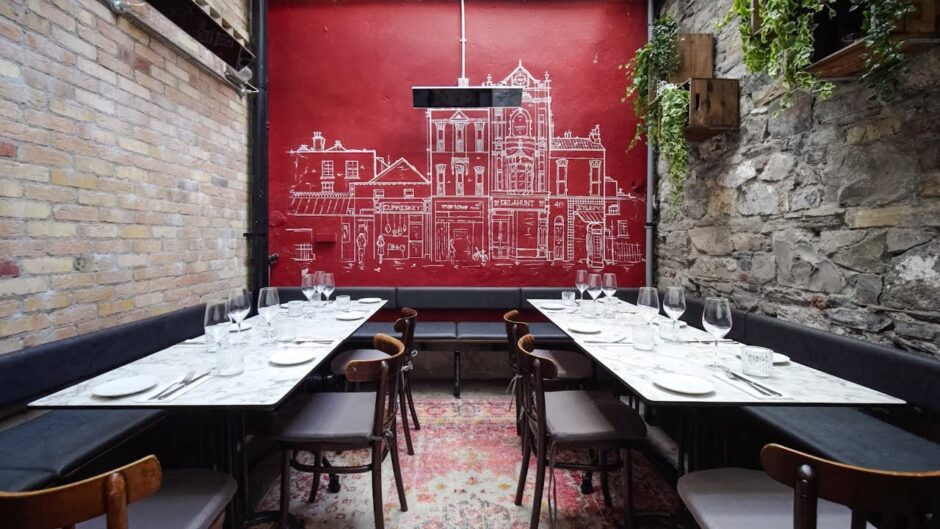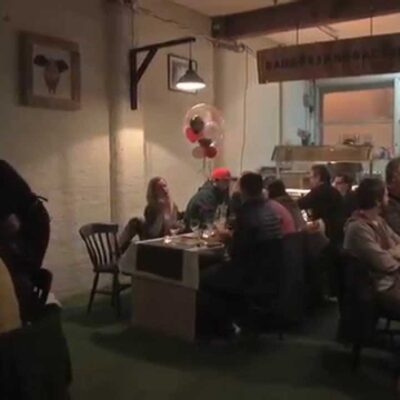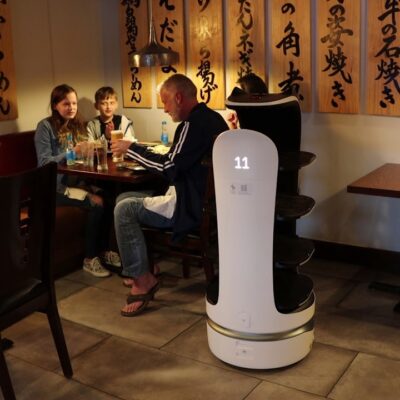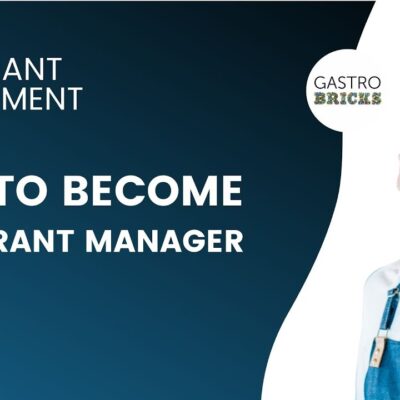Whether or not they have a design degree, restaurateurs usually have a vision of how a restaurant should look and feel. Building off that direction, designers try to facilitate the restaurant’s intended experience without interfering with customers’ main focus: enjoying their evenings out.
Engraved bricks from the original Swamp location have been moved to the new site and will be installed along with other original decor. Donors can purchase a new engraved brick online.
Personalized Campaigns
The most successful personalized campaigns align consumer data silos to deliver a message that is relevant to them. For example, Marie Curie’s Great Daffodil Appeal gathered supporter geolocation data to integrate a real-time personalized map into an email campaign that directed people to their nearest collection sites.
Managing customer experience is key for restaurant owners. Integrating a menu system that elevates your managing experience can help. MENU TIGER is an intuitive software that lets customers order directly through your digital menu.
Memorial Potlucks
Memorial potlucks are a great way to bring people together and celebrate the life of a loved one. These gatherings can be as casual or formal as you like, but they should always focus on honoring the deceased and providing a comforting atmosphere. It’s also important to include some fun activities so that everyone can enjoy themselves.
To help with planning, you can start by making a list of all the food that will be needed for the event. This can be done through a signup sheet or by asking guests to bring dishes that the person being remembered enjoyed. This will ensure that there are plenty of delicious options for everyone to enjoy, and it will also help to avoid having too many duplicate dishes.
Once you have a list of all the dishes that will be brought, you can begin to send out invitations. This can be done through email, phone, or traditional mail. You should also ask people to bring plates, utensils, and napkins to make sure everyone is fully prepared for the event.
If you’re hosting a memorial potluck, you may want to consider having a theme for the event. This will help to make it feel more special and will give attendees something to look forward to. It’s also a good idea to plan out the layout of the event so that everything runs smoothly.
Whether you’re organizing a fundraiser or honoring someone, engraved bricks are a timeless way to show your support and create a lasting legacy. Donation bricks are a staple of stadium walkways, university paths, and even museums around the world. But what should you write on your engraved brick? With character limits of 12-15 lines for 2-3 lines and a limited amount of space, it can be difficult to come up with a meaningful message.
To help you find the perfect inscription, we’ve compiled some of our favorite heartfelt and creative quotes and sentiments that will inspire you to create your own unique message. Remember to keep important factors in mind, such as character limits, personalization, and timelessness, as you brainstorm your ideas. With careful consideration, you can craft an engraving that is sure to make a lasting impact on both you and your organization.
Memorials
Memorials are public gathering spaces that commemorate individuals who have died and a traumatic event, such as war or natural disaster. They often serve as a way for people to collectively express their feelings of loss and grief, as well as to normalize those feelings for others. The design of a memorial site has important implications for the healing process and can help to establish an environment that fosters remembrance, healing, and reconciliation.
Memorial studies have traditionally focused on death, war and terrorism as topics of study, but recent research has included environmental memorials (e.g., to biodiversity loss and climate change) and’survivor-memorials’ for those who have survived traumatic events (e.g., for survivors of the Columbine shooting). Furthermore, memorials are a significant part of the urban landscape in many countries and can be found in cities and towns around the world, often as a prominent feature on a city’s streetscape.
Memorials may be designed to accommodate a variety of ritualized activities, such as on anniversaries of tragic events. Depending on their architectural design, they can encourage ‘person-environment separateness’ (where the individual is distant or alien to the environment) or ‘person-environment mergence’ (where the individual feels attuned to the environment).
The inscription of names changes the character of memorials. Whereas previously a name was reserved for a figure who could stand in for a nation or movement, now it can be an individual person’s identity and place of origin. Moreover, some memorials have become a venue for political debate and conflict. This has been the case, for example, with the memorials of victims of the Orlando nightclub massacre and the Minneapolis police shooting.
Whether the memorial is intended to foster remembrance, healing, or reconciliation, it should be designed with specific objectives and goals in mind. It should be accessible to those in need of it and should not create an environment that promotes retraumatization or stigmatization. It should also be designed to be a space for learning and participation. In this context, it should be designed to facilitate group activities that can be shared by students and faculty alike, in order to increase social support.
Donor Recognition
Many nonprofits use donor recognition as a way to encourage supporters to stick around and continue contributing to the cause. Donor recognition encompasses a variety of activities, from simple thank-you notes to elaborate donor walls. While these traditional views of donor recognition are still effective, new perspectives on this process open up unique opportunities for nonprofits to engage donors and demonstrate the impact their contributions make.
For example, imagine you donate $100 to a local nonprofit to help end hunger in your community. You receive an email with your tax receipt, but then don’t hear anything else from the organization. You may feel slightly unappreciated and decide to look for other nonprofits pursuing similar causes. To prevent this from happening, nonprofits need to be creative when it comes to donor recognition.
Create engaging videos that personally thank donors and showcase the direct impact of their donations. This could be as simple as recording a video with staff members, volunteers, or beneficiaries and sharing it on social media. You can also host appreciation events, either virtual or in-person, that provide like-minded donors with a chance to network and discuss your cause.
Publish dedicated donor profiles in your annual report to highlight the contributions of your top donors. You can also use these profiles to promote your upcoming fundraising campaigns or to share testimonials from beneficiaries.
Consider creating a public donor wall to display the names of your most impactful donors. This is a great idea for your most generous contributors and allows you to highlight the fact that their contribution will be remembered for years to come. When implementing a donor wall, be sure to seek consent from your donors before posting their name and make sure that the information you display is accurate and fair.
Alternatively, you can create a separate plaque system that uses a hierarchical approach to recognize different levels of donations. This is a great option for nonprofits that want to ensure that their recognition strategy matches the level of generosity they’re seeking from donors.
